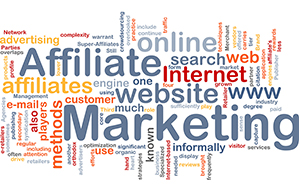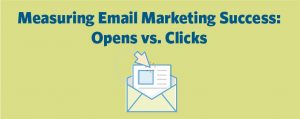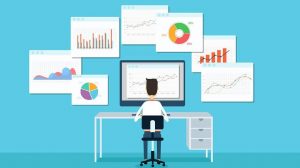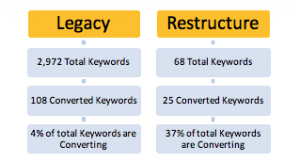
If you’re like most small-to-medium business owners, you’re probably trying to accomplish a lot with a small team. You might have just a few people who split sales and marketing duties, or you might be trying to build a sales team or marketing team from the ground up. At the same time, you’re probably trying to juggle growing revenue, raising funding, and expanding your user or client base.
One thing that can get lost in the shuffle is your data. Although you can operate on a daily basis with little to no awareness of your data (and most companies do), you should know that it’s a critical building block of sustained success – and its influence is growing by leaps and bounds.
So, what exactly can data do for you? Here are three basic things you need to know about data and its potential to transform your business.
#1: Everyone has data
Some executives assume their data is insignificant because their companies aren’t at the enterprise level. That’s a myth. Even at small companies, the challenge is that you are actually swimming in data.
Think about it: any activity that can be logged online (whether it’s a click, a phone-call record, or the download of a white paper or report) generates a “digital footprint.” In 2010, Google Chairman Eric Schmidt declared that we now create five exabytes of data every two days. To put that in perspective, it took between the dawn of civilization and the year 2003 to create that much data. In 2014, IDC announced that the, by 2020, the digital universe will approximately double every two years.
#2: Most data is backward-looking
The companies that pay attention to their data generally use it to look at what happened in the past. For example, the marketing team sees that a certain number of visitors came to their website in a given month, and that a certain percentage of those visitors clicked through three pages before exiting. Or a sales manager sees through their CRM app that a certain number of deals were closed in the past quarter, and that the average deal size was a certain amount.
This kind of diagnostic information is useful. It might help you repeat successes (e.g., that subject line got a lot of opens) and prevent future missteps (e.g., that landing page generated little engagement). But you’re only getting a view of past performance. The data doesn’t tell you what’s going to happen in the future.
#3: The future of data is predictive
The most advanced organizations are not only aware of their data, they’re layering in predictive technologies that are putting them leaps and bounds ahead of their competition. That’s because such tools are helping them optimize their future actions and decisions.
For example, take operations. Predictive tools can help you determine:
- Which accounts your team should pursue first.
- Which contacts for a certain account are optimal to target.
- How likely prospects are to buy from you, and when.
Predictive tools can help your salespeople and marketers make better, more informed, and more efficient decisions so that their actions and activities align with the best outcome for your company. That’s because predictive intelligence ties together billions of rows of varied data – from historical data, to engagement data, to third-party data. Predictive models are built and designed to look for deviations in past buying patterns and shine a light on the insights that matter. For example, you can find out:
- Which accounts salespeople should call on first.
- Which value proposition to highlight with a specific account.
- What kind of content asset (white paper or video, for example) and form of communication (email or phone call, for example) will get the best engagement.
(170)








